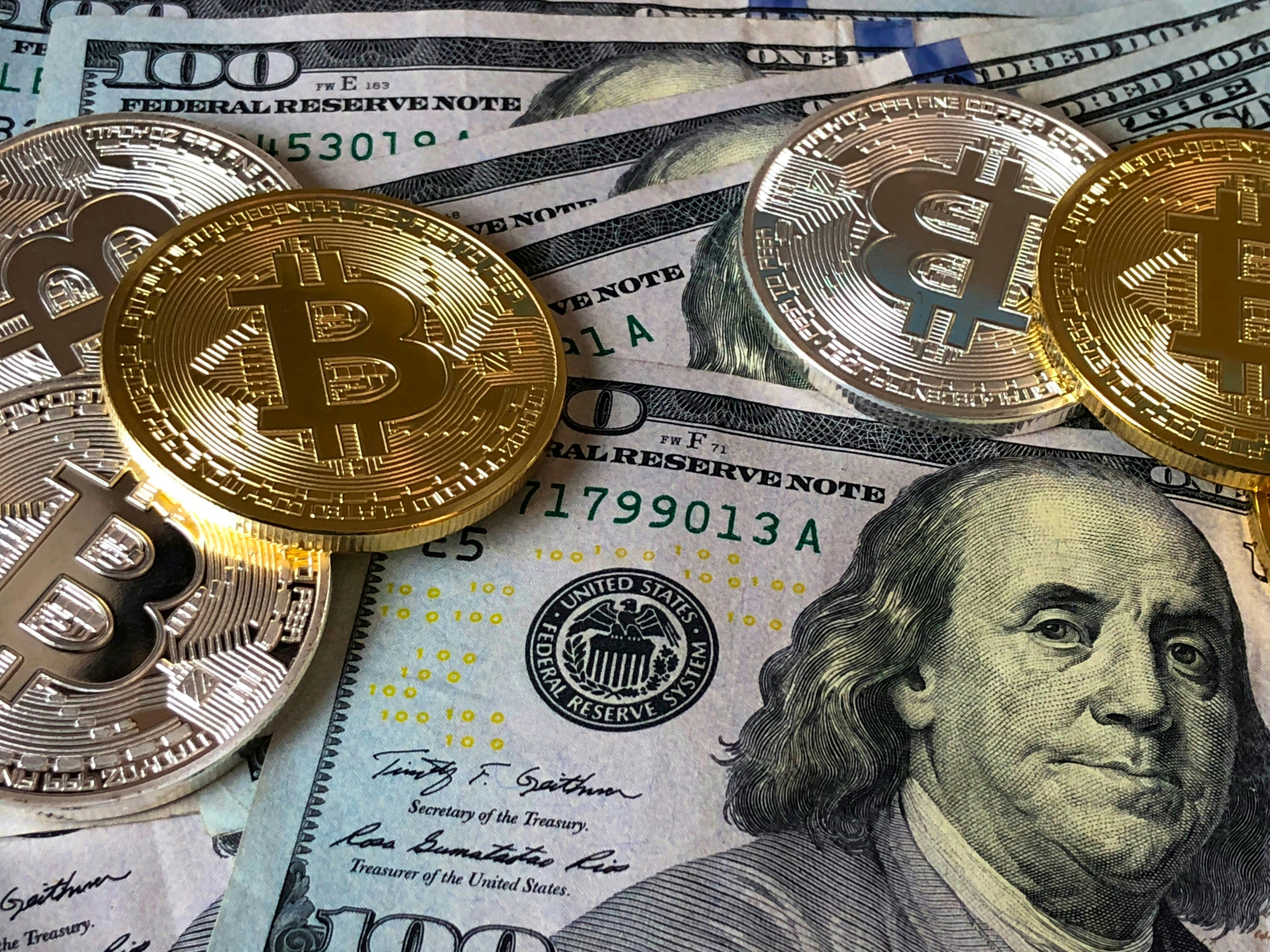The Best Monetary System
The Establishment of Currency
People sell. People buy. This person wants what that person has and that person wants what this person has. Money makes the world go round. Why? Currency is convenient to carry and is therefore an efficient way to exchange value. Before the conception of currency, people conducted business through the direct trade of goods. Cows would be traded for pigs; chickens for goats; wood for metal; etc. Eventually, as the population of humans grew, direct exchange became increasingly cumbersome. Carrying handfuls of hens for one mile to your neighbor is tiresome. Remember that people did not have cars in those days. Perhaps one of the chickens gets sick and passes away during the walk. What is a buyer to do? A better example: trading heavy tools for a cabin. Loading a wheelbarrow with tools and pushing it is a clumsy way to purchase a cabin.
Fortunately for modern man, we now possess cash and coins that fit neatly into our wallets and pockets. Sellers set the prices and buyers buy the goods. No longer does a buyer worry about a loaf of bread perishing before he uses it to buy milk. Now, man can conduct his financial transactions using a monetary system. Throughout the years, multiple mediums were used for the purchase of goods and services – gold, silver, copper, etc. With this in mind, what determines whether or not a medium is useful as a unit of exchange? Which type of monetary system is the most functional?
Fiat Currency
For the purpose of this post, three types of monetary systems will be distinguished: fiat, gold, and crypto. The pros and cons of each system will be discussed.
The first type of monetary system that will be touched on is the fiat system. This system involves money that can, practically speaking, be generated from thin air by a bureaucratic institution. Out of the three monetary systems, this can be declared as the worst. How come? Although fiat currency can be handled in a straightforward manner, it has a low stock-to-flow ratio. A stock-to-flow ratio, as stated by Saifedean Ammous in The Bitcoin Standard (2018), is the ratio of the amount of currency that exists to the amount that is newly created. A low stock-to-flow ratio indicates that a currency can be produced effortlessly. The value of such a currency is inclined to quickly diminishing.
One historical example that Ammous mentioned involves glass beads that were made in western Africa. At first, said beads were considered precious since the technology to create glass was expensive. The stock-to-flow ratio of the aggry beads was high. However, once Europeans began to import vast amounts of beads, the purchasing power of each bead was weakened. The beads were eventually worthless, and the Africans became impoverished.
Cash Leads to Inflation
In any economic system, the single source that causes inflation is the increase of the respective money supply in relation to the production of the system. That’s it. Additionally, hyperinflation occurs in only societies that utilize government currency. By its nature, a governmental body typically produces nothing of economic value. It does not need to generate a revenue stream through marketing and sells for it to survive, unlike a for-profit corporation.
In a society that is experiencing an inflation of its currency, citizens are incentivized to have a high time preference. A high time preference corresponds to impulsivity and short-term thinking. Therefore, citizens tend to spend money less responsibly when inflation occurs. They also don’t hold onto their money. Who can blame them? If you have $50,000 in the bank and know that it’ll be worth only half as much in the next five years, you’d likely not let it sit in your account.
The Gold Standard
Now, the monetary system involving gold will be outlined, particularly in relation to the gold standard. Being a rare metal, gold, unlike fiat currency, has a high stock-to-flow ratio. The value of the metal is notably less prone to eroding than that of fiat currency. Gold is also virtually indestructible, which enables it to be safeguarded for lengthy periods of time and makes it difficult to synthesize from other materials.
The gold standard united many economies around the world. Since gold is sound money, people held onto the metal. Sound money is money that appreciates in value. In contrast to fiat currency, which has only a monetary value, gold has a market value along with having a monetary value. Many people buy gold for keeps – gold chains, gold rings, gold earrings, gold necklaces. The more people that want these items, the more valuable these items become; in turn, gold becomes more valuable overall.
The gold standard provided fertile soil for capitalism, democracy, and liberty to manifest. Many civilizations flourished while the standard reigned supreme. The fatal flaw, however, of the gold standard is that the settlement of gold as a physical substance is insecure. Gold has to be centralized. Once the government got its hands on most of the gold, the institution eventually created money that was not backed by the metal. The creation of the illegitimate money accelerated as the first World War kicked off.
Crypto Currency
The third type of monetary system, which is the best according to Ammous, is known as crypto. For this post, Bitcoin will be used as the primary example of crypto currency. Created by Satoshi Nakamoto in 2009, Bitcoin is the first digital object that is scarce. The programmers who helped develop the digital coin designed the code in such a way that limits the number of coins that can be made. By the year 2140, 21 million bitcoins will exist and no more will be created. Soon after its initial construction, the algorithm that creates the coins could no longer be tampered with by humans. It’s self-sustaining; somewhat, but not quite like artificial intelligence.
Bitcoin is designed to be peer-to-peer electronic cash, meaning that transactions between Bitcoin users involve no third parties like banks. Transactions are final and no third party can alter the supply of the coin. People can make transactions without government involvement, be that involvement direct or indirect. Bitcoin users need only the permission of the seller to buy items with bitcoins. A two-way, as opposed to a three-way, relationship takes place.
Bitcoin as a Savoir
Bitcoin can act as the rope to those who hang on the edge of a cliff for dear life, struggling to not fall further into the jaws of a tyrannical government. Totalitarian governments have always had a love life with inflated currency. The citizens of such a union remain destitute and ill equipped to fight back or escape from the mouths of the ruling bureaucratic sharks.
A drawback of Bitcoin is its high transaction fee. The fee pays for the electricity and processing power of the infrastructure that allows for the mining of the crypto coins. The mining of the coins involves a complex verification process that is carried out by algorithms called nodes. This process ensures that no third party is needed when the coins are transferred. Bitcoin users agree that the cost is worth the sovereignty and wealth that the coins provide.
As of today, Bitcoin has existed for well over a decade. During and after the COVID-19 lockdown period, inflation has become a monster in several countries. This beast gobbles on citizens hard-earned money, rendering them poorer every year. Only time will tell whether a substantial number of people decide to accept Bitcoin as their savior from this monster.

